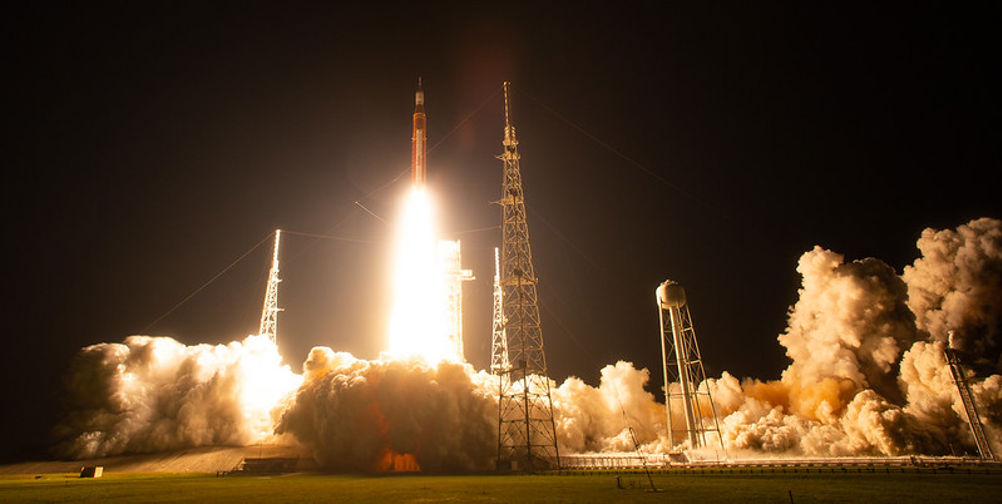Orion splashed down at 9.40 am PST on Sunday having travelled more than 1.4 million miles, breaking the record for distance covered by a spacecraft designed for humans, which was previously held by Apollo 13. During the mission, the vehicle performed two lunar flybys, coming within 80 miles of the Moon’s surface. At its farthest distance during the mission, Orion was almost 270,000 miles from Earth.
Related content
“The splashdown of the Orion spacecraft – which occurred 50 years to the day of the Apollo 17 Moon landing – is the crowning achievement of Artemis I,” said NASA Administrator Bill Nelson.
“From the launch of the world’s most powerful rocket to the exceptional journey around the Moon and back to Earth, this flight test is a major step forward in the Artemis Generation of lunar exploration."
Artemis I launched from NASA’s Kennedy Space Centre in Florida on November 16th, powered by the Space Launch System (SLS), the most powerful rocket platform ever assembled. Having originally been scheduled to launch at the end of August, the mission was delayed by a succession of setbacks, including engine problems and a tropical storm.

Once the mission did finally get under way, the Artemis platform was put through its paces in space, stressing the spacecraft’s systems before astronauts are carried on the programme’s next journey. Prior to re-entering the Earth’s atmosphere, the crew module separated from the ESA-built service module, which is the propulsive powerhouse of Orion. During re-entry, Orion endured temperatures nearing 3,000 degrees Celsius, about half as hot as the Sun’s surface. Slowing down from 25,000 mph to about 20 mph in just 20 minutes, Orion performed a parachute-assisted splashdown.
“With Orion safely returned to Earth we can begin to see our next mission on the horizon which will fly crew to the Moon for the first time as a part of the next era of exploration,” said Jim Free, NASA associate administrator for the Exploration Systems Development Mission Directorate. “This begins our path to a regular cadence of missions and a sustained human presence at the Moon for scientific discovery and to prepare for human missions to Mars.”
According to NASA, Orion will now return to shore where technicians will offload the spacecraft and transfer it by truck back to Kennedy. Once at Kennedy, teams will unload several payloads, including Commander Moonikin Campos, a crash test dummy wired up to harvest data on the forces the human crew will endure on Artemis II. Over the course of the next few months, the capsule and its heat shield will also undergo extensive testing and analysis.











Radio wave weapon knocks out drone swarms
Probably. A radio-controlled drone cannot be completely shielded to RF, else you´d lose the ability to control it. The fibre optical cable removes...